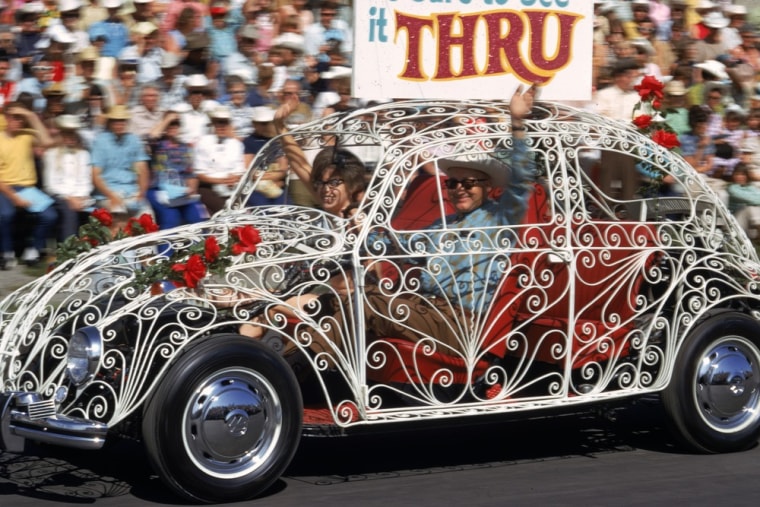
Few manufacturers have had more humble origins or had less of a chance of surviving. Yet, as Volkswagen celebrates its 75th anniversary, the German maker now has a solid shot at dominating the automotive world.
While it is no longer a one-model company, Volkswagen AG has become an industry powerhouse covering every segment of the market, from such high-mileage econoboxes as the VW Up! to playthings for the ultra-rich with models like the Lamborghini Aventador and Bentley Mulsanne.
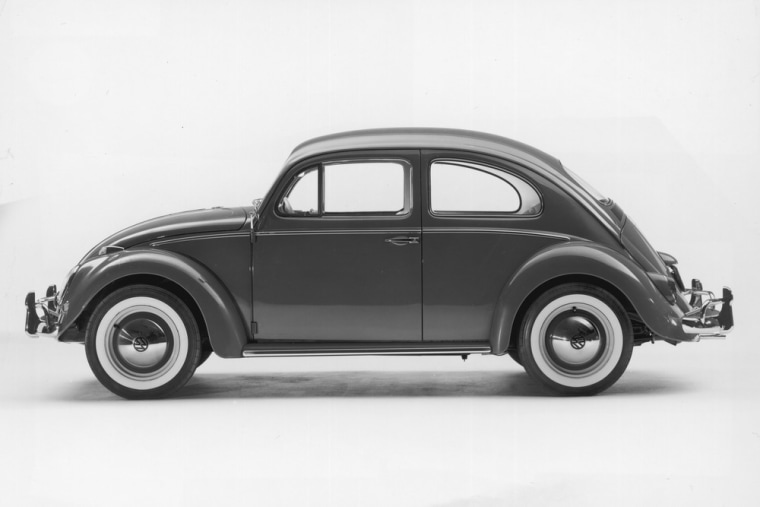
Such a range would have been hard to imagine when the company was founded by the legendary Ferdinand Porsche in May 1937. Better known for his high-performance sports cars, Porsche was charged by Adolph Hitler to develop a small, affordable car for the German masses. It was to be known as the Volkswagen, or People’s Car. It wasn’t until several decades later that the original model came to be known as the Beetle.
The new company was headquartered in Wolfsburg, an old castle town an hour from Berlin, but the assembly line barely got into operation producing the 990 Reichsmark coupe before production was shifted to support the Nazi war machine. And there the story might have ended had it not been for British Army Maj. Ivan Hirst.
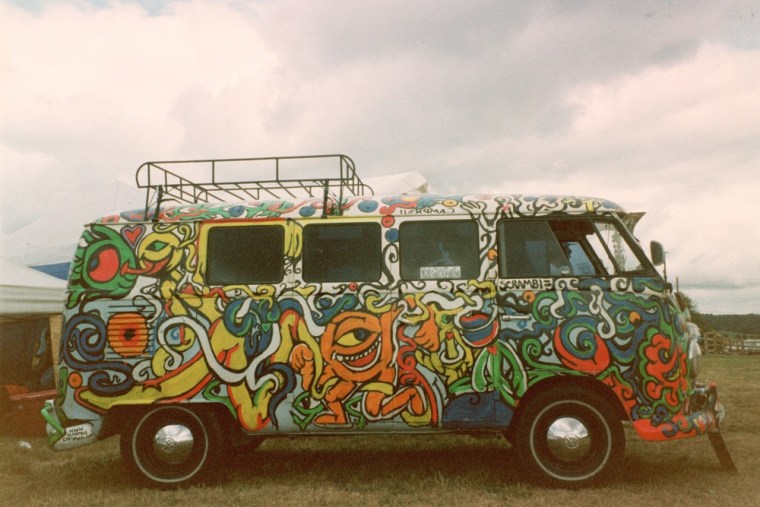
He was assigned to the devastated town shortly after the war ended and given the task of trying to put the VW plant back to work. Buried under the rubble Hirst found a surviving Beetle, painted it green and convinced British occupation forces to place an order for 20,000. Within just a few years, demand was booming. And desperate for foreign currency, the newly privatized Volkswagen started shipping some of the little cars abroad.
The first to reach the U.S. arrived in 1949. It was a sort of anti-car, anything but the sort of big, heavy – and gas-guzzling – models that American buyers were shopping for in ever increasing numbers. Yet the Beetle resonated with a small community and by the ‘60s it became a symbol of the American counter-culture.
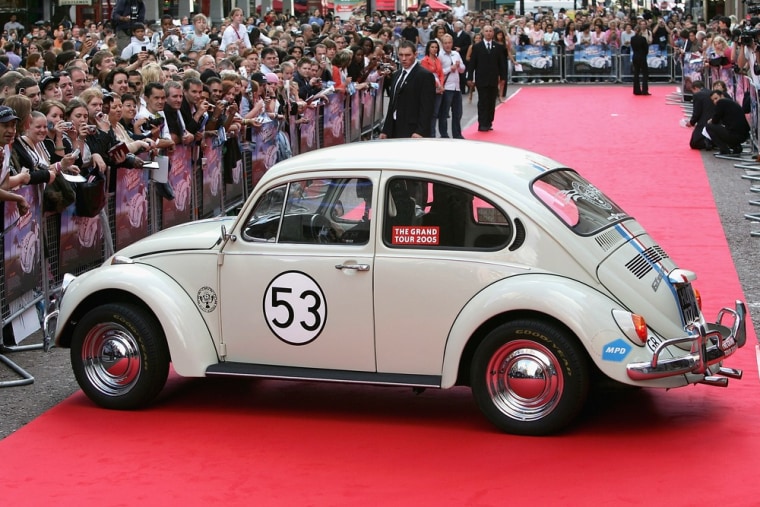
Soon, U.S. sales were nudging a half-million annually. But the German maker was about to face some new competition from Japan and, unable to match the mileage and quality of makers like Toyota and Honda, and unwilling to design products specifically for the States, sales steadily dwindled even as the VW line-up expanded. By the early 1990s, Volkswagen seriously considered abandoning the U.S. market.
It decided to stick it out but shifted attention to other markets, including China where it is today locked into a bitter battle for dominance with General Motors. It also went on a buying spree, adding new brands like Spanish Seat and Czech Skoda, as well as Italy’s Lamborghini and Britain’s Bentley.
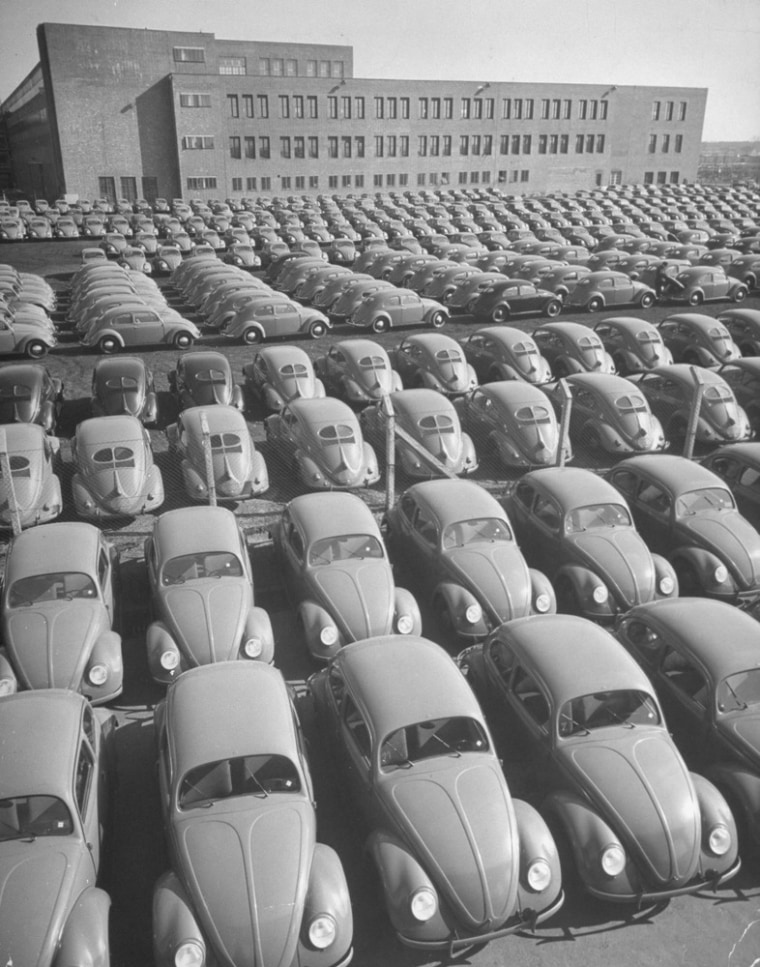
Collectively, those and Volkswagen AG’s other brands generated a hefty 8.39 million sales in 2011, making the company the world’s second-largest automaker, behind only General Motors but ahead of the previous year’s leader Toyota, which was hurt by Japan’s devastating earthquake and tsunami. While Toyota has a good chance of regaining its lead in 2012, Volkswagen officials have declared a goal of becoming the automotive world’s king-of-the-hill before the end of the decade. And their soaring profits should provide the additional product needed to get there.
Meanwhile, the German maker has shifted course in the U.S. After long ignoring the market and having closed its Westmoreland, Pa., plant more than two decades ago, Volkswagen last year opened a new plant in Chattanooga, Tenn., to build a version of the midsize Passat sedan designed specifically for the U.S. The payoff came quickly, with booming demand suggesting that VW just might meet a goal of tripling U.S. volume – including the Audi brand – to 800,000 annually.
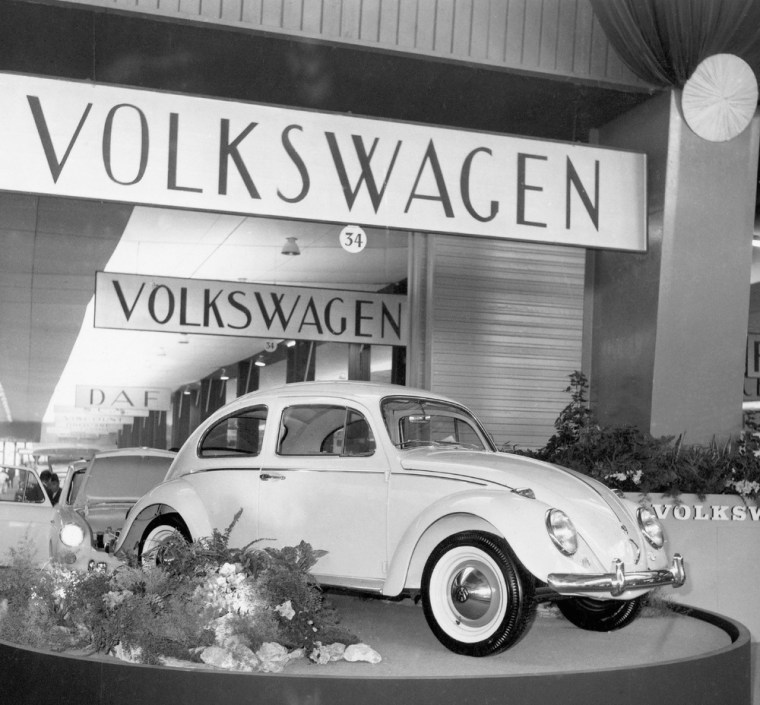
Today, the maker has one of the broadest line-ups in the automotive world. And that includes what is only the third-generation Beetle. The little coupe will never again match the demand of decades past, company officials admit, but it is an iconic symbol of VW’s unlikely success and ability to rise from the ashes.